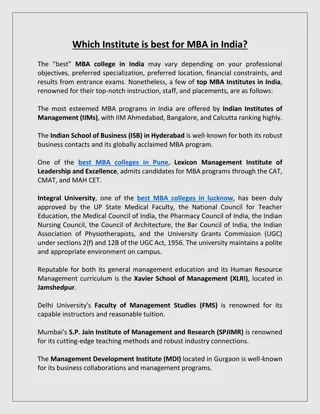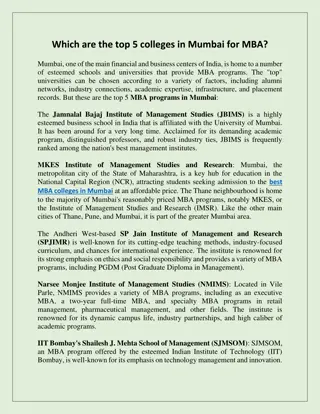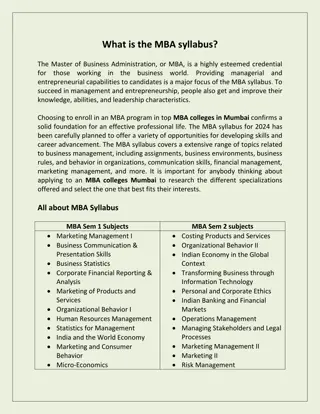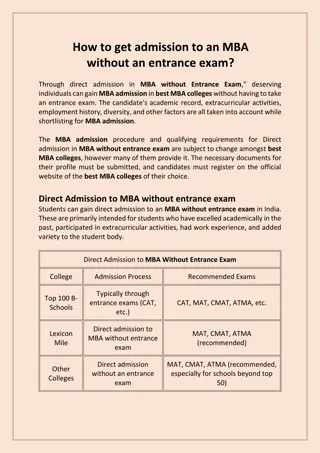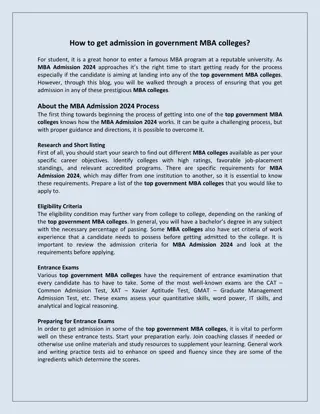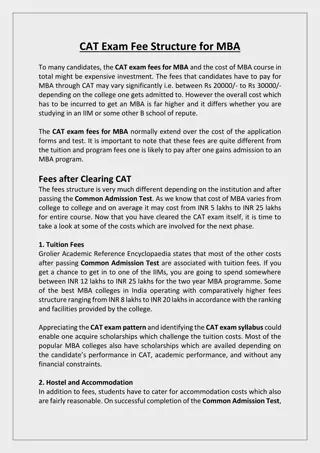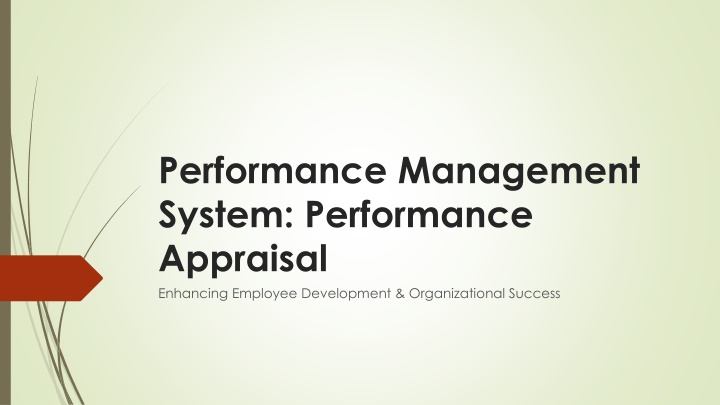
Enhancing Organizational Success through Performance Appraisal Systems
Explore the benefits and key elements of performance appraisal systems in driving employee development and organizational growth. Discover the importance, objectives, and methods to optimize performance assessment for enhanced business outcomes.
Download Presentation

Please find below an Image/Link to download the presentation.
The content on the website is provided AS IS for your information and personal use only. It may not be sold, licensed, or shared on other websites without obtaining consent from the author. If you encounter any issues during the download, it is possible that the publisher has removed the file from their server.
You are allowed to download the files provided on this website for personal or commercial use, subject to the condition that they are used lawfully. All files are the property of their respective owners.
The content on the website is provided AS IS for your information and personal use only. It may not be sold, licensed, or shared on other websites without obtaining consent from the author.
E N D
Presentation Transcript
Performance Management System: Performance Appraisal Enhancing Employee Development & Organizational Success
Introduction Definition: Performance Appraisal is a systematic and structured process used by organizations to assess employee performance based on predefined goals, competencies, and objectives. Purpose: The primary purpose of performance appraisal is to evaluate employee contributions, provide feedback, and identify areas for improvement to drive career growth and business success. Overall Impact: A well-structured performance appraisal system fosters a culture of accountability, motivation, and continuous improvement within an organization.
Key Elements Goal Alignment: Ensuring individual performance aligns with company objectives. Feedback feedback to enhance their skills and capabilities. Mechanism: Providing employees with constructive Development Focus: Identifying training and development needs for career progression. Performance productivity and effectiveness. Enhancement: Encouraging employees to improve Decision-Making Tool: Assisting management in making informed decisions regarding promotions, planning. compensation, and workforce
Need for Performance Appraisal Identify strengths and weaknesses Align individual goals with organizational objectives Provide feedback and coaching Decision-making for rewards and promotions Employee development and career planning
Importance of Performance Appraisal Increased employee engagement Improved productivity Enhanced organizational effectiveness Attract and retain talent
Objectives of Performance Appraisal Set clear performance expectations Monitor performance progress Provide timely feedback Identify development needs Recognize and reward achievements
Performance Appraisal Methods Management by Objectives (MBO) Employees and measurable, achievable, relevant, and time-bound (SMART) goals. Performance is assessed based on goal completion and outcomes. Encourages employee involvement and accountability. 360-Degree Feedback Collects performance feedback from multiple sources, including peers, supervisors, subordinates, and sometimes customers. Provides a comprehensive and balanced evaluation. Helps identify strengths and development areas from diverse perspectives. managers collaboratively set specific,
Performance Appraisal Methods Behaviorally Anchored Rating Scale (BARS) Uses predefined behavioral descriptions linked to performance levels. Employees are rated based on demonstrated behaviors rather than subjective opinions. Ensures clarity, fairness, and objectivity in evaluations. Graphic Rating Scale A simple rating system that assesses employees on various performance criteria using a numerical scale. Quick and easy to administer. May be subject to rater bias due to its simplistic nature. Critical Incident Method Maintains records of significant positive and negative performance examples throughout the evaluation period. Provides detailed evidence of employee behavior and contributions. Useful for providing specific feedback and coaching opportunities.
Potential Problems in Performance Appraisal Rater Bias Personal biases, such as the halo effect (overrating due to one positive trait) or leniency bias (being too generous), can distort evaluations. Solution: Train evaluators to recognize and minimize biases. Central Tendency Error Tendency to rate most employees in the middle range, avoiding extreme ratings. Solution: Encourage raters to use the full range of the rating scale based on actual performance. Recency Effect Overemphasizing contributions. recent performance while neglecting earlier Solution: Maintain continuous performance records rather than relying on memory.
Potential Problems in Performance Appraisal Lack of Clarity in Expectations Unclear performance goals or evaluation criteria can cause confusion. Solution: Clearly define communicate expectations. Poor Feedback Delivery Providing vague, non-specific, or overly critical feedback can demotivate employees. Solution: Ensure feedback actionable. performance standards and is constructive, balanced, and
Performance Metrics Sales Figures Metrics such as total sales, average deal size, and conversion rate are crucial for sales roles. Helps track revenue growth and individual performance contributions. Quality Metrics Includes error rate, defect rate, and customer satisfaction score. Ensures adherence to quality standards and customer expectations. Productivity Metrics Measures such as units produced per hour and completion rate indicate efficiency levels. Helps in assessing workload management and operational effectiveness. Customer Satisfaction Ratings Customer feedback surveys and Net Promoter Score (NPS) reflect customer perceptions of service quality. Essential for businesses focused on customer experience and loyalty.
Conclusion Performance Appraisal is essential for employee growth and organizational success. A well-structured appraisal system improves motivation, efficiency, and retention. Implementing best practices can overcome challenges and enhance effectiveness.



